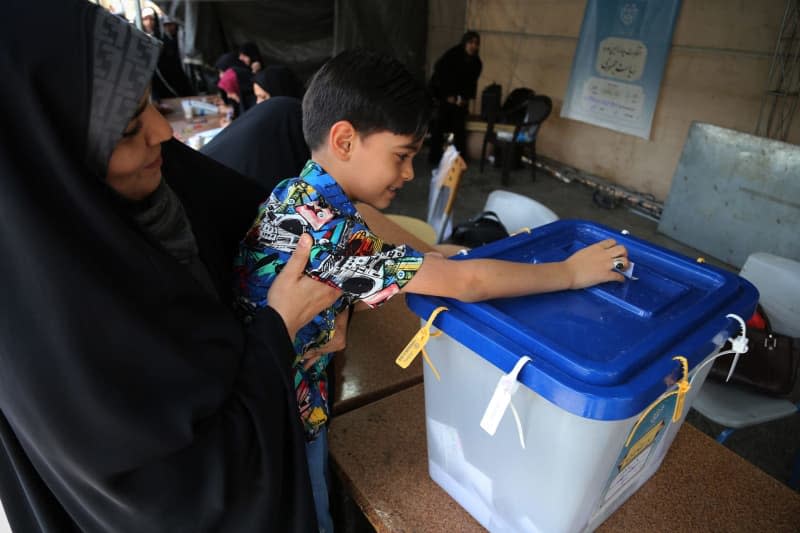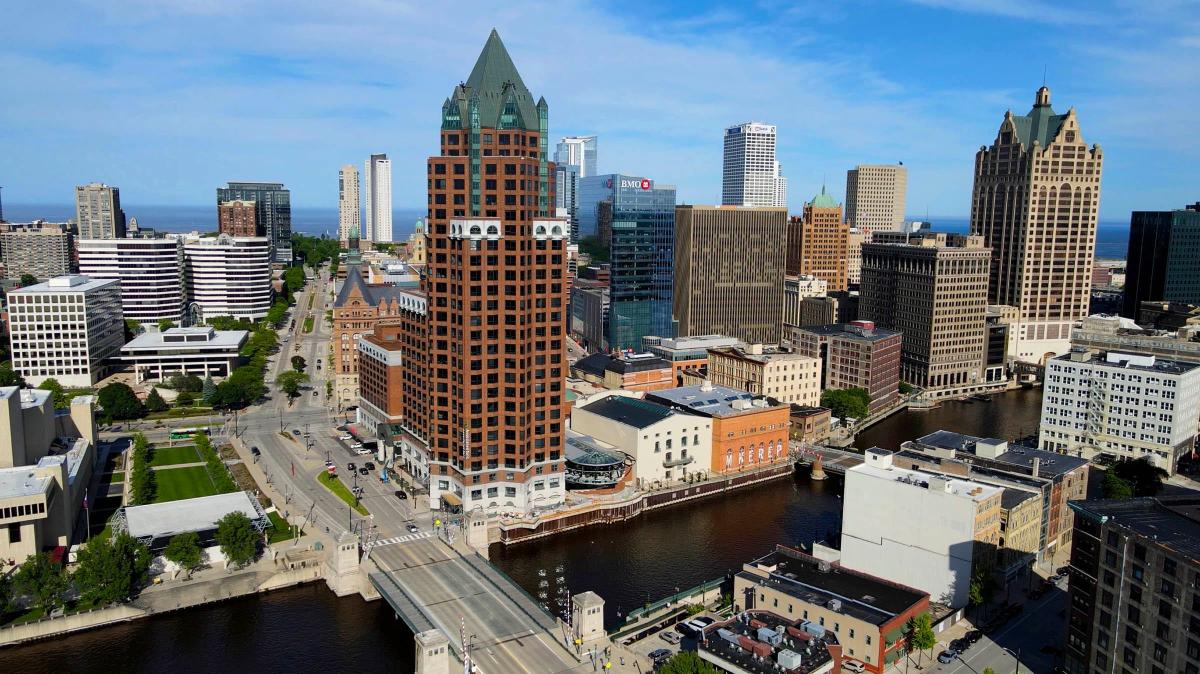Reformer Masoud Pezeshkian and hardliner Saeed Jalili Early results show that the Iranian presidential election is neck and neck.
With about 12 million votes counted, Pezeshkian, a former health minister, had received about 5 million votes.
Jalili, a former negotiator in nuclear talks with Western powers, followed closely behind with 4.9 million votes, Iran’s national broadcaster reported, citing the election authority.
Speaker of Parliament Mohammed Bagher Ghalibaf was in third place with about 1.6 million votes, while the fourth candidate, cleric Mostafa Pourmohammadi, received only about 95,000 votes.
If none of the candidates obtains an absolute majority, a second vote will take place on July 5.
About 61 million voters in Iran were eligible to choose a successor to the hardliner Ebrahim Raisi Friday, after he died in a helicopter crash in May.
The polling stations were due to close at 6 p.m. on Friday, but electoral authorities have extended the evening polling until midnight.
The elections are taking place at a time of serious economic crisis, tensions with the West and popular frustration over the maintenance of state power and government, especially among the younger population.
However, many Iranians, especially young people, have lost faith in major political changes at home.
The death of the young Kurdish woman Jina Mahsa Amini in the fall of 2022 sparked nationwide protests against the Islamic rule system, but the protests were long ago suppressed with harsh punishments for demonstrators.
The president is only number two in the Iranian power structure, as Supreme Leader Ayatollah Ali Khamenei serves as head of state and has the final say in all strategic matters. He is also the commander-in-chief of the Iranian armed forces.










